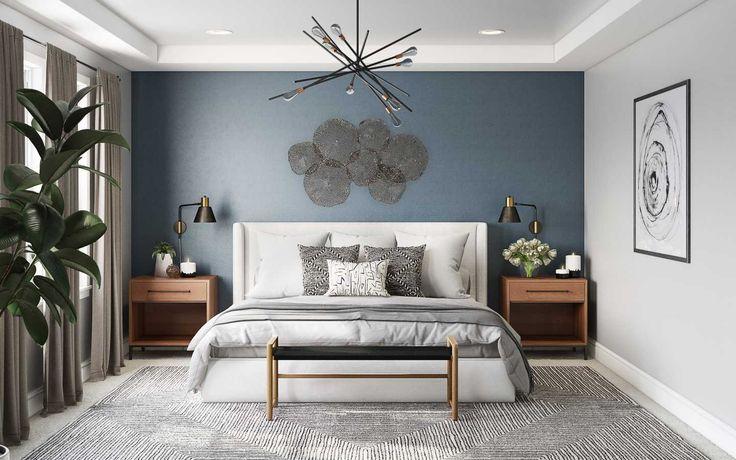The Ultimate Guide to Transitional Bedroom Design: Bridging Classic with Contemporary

When it comes to home design, bedrooms are often our sanctuaries—a place where personal style and comfort converge. And while some prefer the charm of classic designs and others lean towards contemporary aesthetics, there exists a middle ground that bridges the two: the transitional bedroom design. This style seamlessly marries traditional elements with modern touches, producing a timeless yet updated appeal.
1. What is Transitional Bedroom Design?
Transitional design is often dubbed the ‘golden middle’ of interior styles. It effortlessly marries elements from both traditional and modern design philosophies. This creates a space that feels balanced, cozy, and undeniably stylish, without leaning too heavily into either extreme.
2. Key Features of a Transitional Bedroom
Neutral Color Palette: Soft hues like beige, gray, and ivory dominate, setting a serene backdrop.
Mix of Materials: Blend wood, glass, metal, and textiles for a rich and layered look.
Clean Lines with Curved Profiles: Furniture often combines straight lines with gentle curves.
Lack of Clutter: Accessories are curated, ensuring space feels open and breathable.
3. Case Study: The Perfect Transitional Bedroom
Consider Jane’s bedroom transformation. Her old space was a clash of styles—an antique wooden bed against an ultramodern wall, and it felt disjointed. But by embracing transitional design, she's now curated a cohesive space.
Jane retained her antique bed but paired it with sleek, modern nightstands. The heavy drapes were replaced with soft, flowy curtains in a neutral hue. A contemporary rug with subtle, traditional patterns now anchors the room, showing how you can blend both styles seamlessly.
4. Tips for Achieving the Transitional Look
1. Blend but Don’t Overwhelm: While combining pieces from different eras, ensure neither style overshadows the other.
2. Stick to Subdued Colors: Think taupe, creams, and grays. However, adding pops of color through throw pillows or art can add vibrancy.
3. Incorporate Textural Elements: Velvet cushions, silk curtains, and a shaggy rug can work wonders in adding depth.
4. Choose Classic Prints with a Twist: Go for stripes, plaids, or floral, but in modern interpretations and muted colors.
5. Benefits of Transitional Bedroom Design
Versatility: Your room won't feel dated as trends evolve.
Personalization: It gives freedom to mix and match, making the space truly yours.
Elegance: Achieves a sophisticated look that appeals to a wide range of tastes.
6. In Conclusion
The beauty of transitional bedroom design lies in its fluidity. It allows you to create a space that resonates with your personality while ensuring it remains elegant and timeless. So, the next time you’re looking to revamp your sanctuary, remember the transitional style—it could be the perfect blend you’ve been searching for.
- Questions and Answers
- Opinion
- Motivational and Inspiring Story
- Technology
- Live and Let live
- Focus
- Geopolitics
- Military-Arms/Equipment
- Security
- Economy
- Beasts of Nations
- Machine Tools-The “Mother Industry”
- Art
- Causes
- Crafts
- Dance
- Drinks
- Film/Movie
- Fitness
- Food
- Games
- Gardening
- Health
- Home
- Literature
- Music
- Networking
- Other
- Party
- Religion
- Shopping
- Sports
- Theater
- Health and Wellness
- News
- Culture

